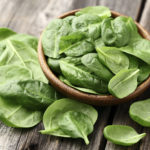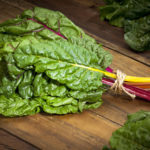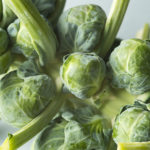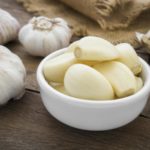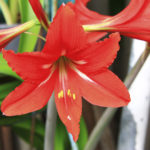Baby Corn Mystery
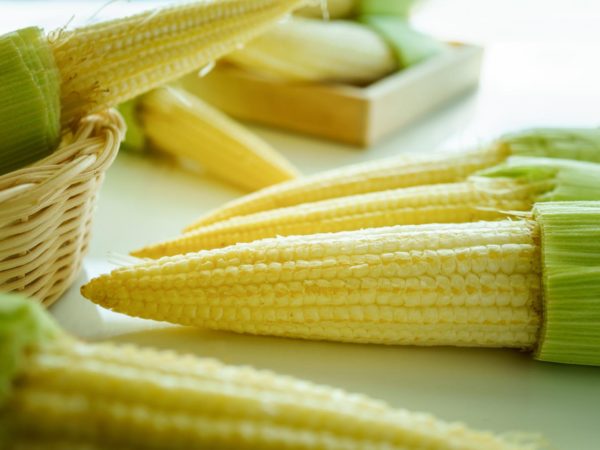
In my childhood, I encountered a great mystery. Baby corn. It was so familiar, yet so strange. Its diminutive proportions seemed to fit only the white boxes of the Chinese take-out place. My mother never cooked with it and my grandmother never pulled it from her freezer. I wanted it. I talked about it. I dreamed of eating it. After all, it was corn, my favorite food. Or was it corn? Is ketchup a vegetable? My brief career as an English teacher in China brought me no satisfying answers.
“Do you know about baby corn?” I asked.
“Oh, yes. We know.”
Yet no one ever showed me an ear. Regional grasses were a delicacy. Fried watermelon was a luxury. Cicada larvae were presented to me, the guest of honor. But no baby corn.
If, in fact, you’ve wondered what baby corn is and you’ve scoured books on corn and nutrition and gardening and vegetables as I have and have found no information, welcome to the club. Maybe I shouldn’t even be writing about it. But I grew it. Once. At Dr. Weil’s ranch. So let me tell you about it. Let me lift the darkness that shrouds baby corn.
Baby corn is sweet corn harvested when still tiny and immature. The cob at harvest is roughly three inches long, and the tiny kernels and the tender cob are both eaten, not just the kernels. Grandpa John, as we drove through the cornfields of northern Michigan, always said, “knee-high by the fourth of July.” That was a mnemonic the farmer used to tell if his corn crop was on schedule to be harvested several weeks later. But it does not apply to baby corn. If the cornstalk is knee-high, about a foot and a half, the baby ears will already be slightly past their prime. From our trial, it appeared that the young and tender ears become unbearably saccharin sweet if they’re allowed to get much bigger than a finger.
On the other hand, everyone who tried a bite was pleasantly surprised that it wasn’t anything like the flavorless cobs we ate as kids in Chinese take-out. Once, I think I noticed in a grocery store a jar of pickled baby corn. Certainly, no method of preservation could capture the crisp sweetness of fresh baby corn.
Yet it is amazingly elusive. Maize, a.k.a. corn, was introduced to China in the mid-1500s. Though China is one of the world’s leading corn producers, I never saw the baby variety – or any other kind, for that matter – while I was there. And outside of my own experiment, I’ve never seen baby corn growing in this country, either.
So if you want some, you’ll have to grow it yourself. First, you’ll need to find some seeds. I ordered mine from a Chinese seed company in Ontario, Canada, but it’s also available from some domestic seed companies, such as Park Seed. You could, if you’d like, try using sweet corn seeds of any variety and simply harvest early, but you will probably have better success using a variety specially bred to be delectable at the immature stage.
When I gave Dr. Weil the first few ears off the couple of plants we grew, he commented on how sweet they were. The pleasure of growing baby corn is well worth the limited effort it takes to have successful results. If you have kids, they will be especially delighted to eat a few fresh little ears. And if you’re as serious – and as impatient – as I am about gardening, these little corns are a quick fix while you wait for your cabbage to mature.
by Jace Mortensen, Guest Commentator



